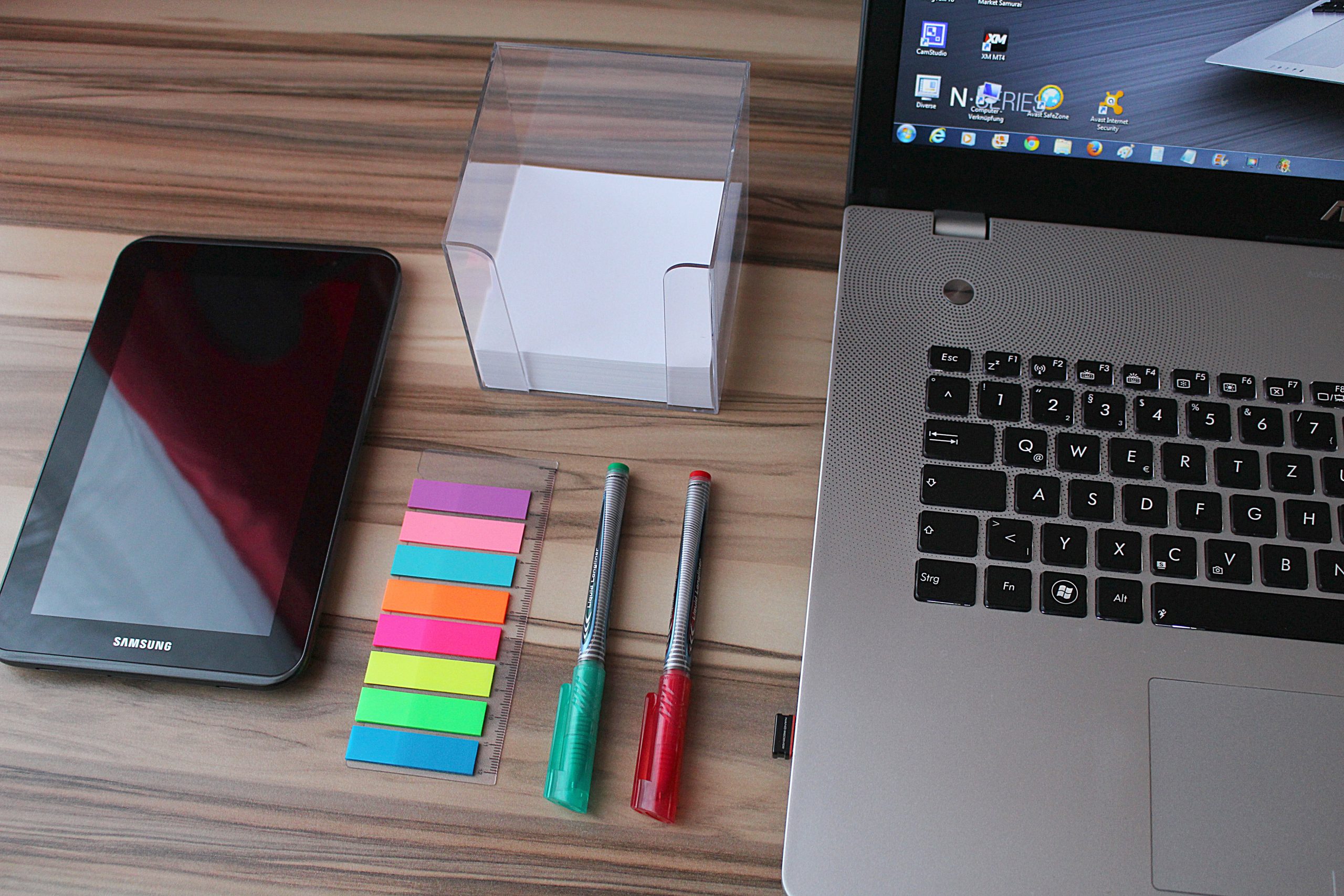In today’s fast-changing world, the ability to keep learning is more important than ever. But learning isn’t just about picking up new facts or skills—it’s about having the right mindset. That’s where the concept of a growth mindset comes in.
Coined by psychologist Carol Dweck, the growth mindset is the belief that intelligence and abilities are not fixed, but can be developed through effort, strategies, and perseverance. People with a growth mindset embrace challenges, learn from mistakes, and see failure as a stepping stone to improvement.
So, how can you build a growth mindset and use it to fuel lifelong learning? Let’s break it down.

Fixed Mindset vs. Growth Mindset
Before we talk about building a growth mindset, it’s important to understand the difference:
- Fixed Mindset
Believes intelligence and abilities are static. People with this mindset avoid challenges, give up easily, and often feel threatened by others’ success. - Growth Mindset
Believes intelligence and abilities can be developed. People with this mindset embrace challenges, persist through difficulties, and use effort as a path to mastery.
Think of it this way: A fixed mindset says, “I’m just not good at math.” A growth mindset says, “I may not be good at math yet, but with practice, I can improve.”
Why a Growth Mindset Matters for Lifelong Learning
- Adaptability in a changing world
Industries evolve quickly, and new skills are constantly in demand. A growth mindset helps you stay open to learning and adapting. - Resilience against failure
Instead of seeing mistakes as proof of weakness, you see them as opportunities to improve. - Higher motivation
People with a growth mindset are more likely to stay motivated because they believe effort leads to progress. - Better relationships and teamwork
Growth-minded individuals see feedback as helpful, not as criticism. - Lifelong curiosity
When you believe you can always grow, learning becomes a continuous journey rather than something that ends after school.
Practical Steps to Build a Growth Mindset
1. Embrace the Word “Yet”
Whenever you catch yourself saying, “I can’t do this,” add the word “yet.”
- “I can’t speak French… yet.”
- “I don’t understand coding… yet.”
This simple word shifts your perspective from limitation to possibility.
2. See Challenges as Opportunities
Instead of avoiding hard tasks, approach them as chances to grow. If something feels difficult, that’s a sign your brain is learning.
Think of challenges like exercise for your brain—the harder the workout, the stronger you become.
3. Reframe Failure
Failure doesn’t mean you’re not capable. It means you’re learning. Each mistake gives feedback about what doesn’t work, guiding you toward what does.
Thomas Edison famously said, “I have not failed. I’ve just found 10,000 ways that won’t work.” That’s the growth mindset in action.
4. Focus on Effort, Not Just Results
Instead of asking, “Did I succeed?” ask, “What effort did I put in?” Progress matters more than perfection. Over time, consistent effort leads to mastery.
Parents, teachers, and leaders can encourage this by praising effort (“You worked really hard on that!”) instead of only results (“You’re so smart!”).
5. Learn from Feedback
Feedback can feel uncomfortable, but it’s one of the fastest ways to grow. Instead of taking it personally, ask:
- “What can I improve?”
- “How can I use this to grow?”
When you shift your perspective, feedback becomes a tool, not a threat.
6. Celebrate Small Wins
Acknowledging progress, no matter how small, builds confidence and reinforces the idea that effort pays off. Whether it’s learning a new word in another language or mastering a small coding function, every step counts.
7. Surround Yourself with Growth-Minded People
The people around you shape your mindset. Surround yourself with friends, mentors, or communities that encourage learning, experimentation, and resilience.
8. Practice Self-Reflection
At the end of the day, ask yourself:
- What did I learn today?
- What mistakes did I make, and what can I learn from them?
- How can I improve tomorrow?
This keeps your focus on growth and improvement rather than perfection.
Growth Mindset in Different Areas of Life
In Education
Students with a growth mindset perform better academically because they see learning as a process, not a talent.
In the Workplace
Professionals with a growth mindset are more likely to embrace new technology, adapt to changes, and pursue skill development.
In Personal Life
A growth mindset helps you develop healthier relationships, hobbies, and even resilience in tough times.




